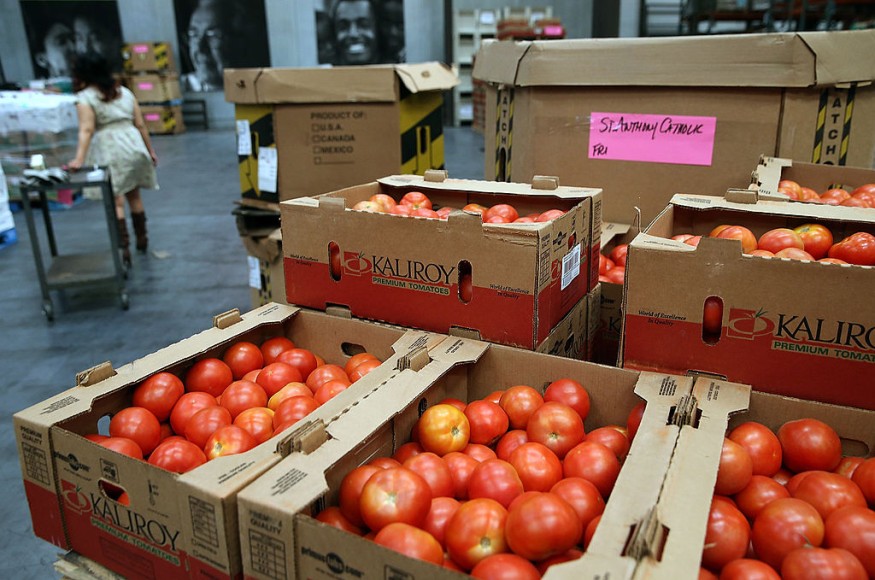SNAP Benefits Update: New Proposal Could Increase Money, Aid Puerto Ricans

A SNAP benefits update will be benefiting recipients of food stamp payments. More than 42 million Americans receive the federal stipend for food, as of March.
The update refers to the new legislation that U.S. Kirsten Gillibrand proposed, with the measure expanding SNAP benefits payment in an effort to address the ongoing food insecurity in the country, according to Bronx News 12.
Gillibrand with other lawmakers introduced the Closing The Meal Gap Act, which eyes to strengthen and expand the Supplemental Nutrition Assistance Program. The proposed measure eyes to increase the minimum SNAP benefit, break down eligibility limits, and allow access to Puerto Rican citizens.
The Democratic lawmaker and other co-sponsors of the bill say that food security is a basic human right, putting significance to the protection of older adults, people with disabilities, and veterans.
Gillibrand went on to say if people can imagine feeding a family "on a $2.03 meal," which she said is less than the average cup of coffee.
She noted that the money that families receive through SNAP is not enough, especially since the emergency allotments of the program have expired.
Closing The Meal Gap Act
Other lawmakers pushing the "Closing The Meal Gap Act" include Sens. Bernie Sanders, Cory Brooker, Alex Padilla, and Elizabeth Warren, with Rep. Alma Adams.
Gillibrand's Senate press release noted that even before the COVID-19 pandemic, 35 million people experienced food insecurity.
The increasing prices of basic goods in the U.S. surpasses the SNAP benefits provided each year, as mentioned by the press release.
As a result, the lack of monetary funds place Americans in a situation wherein they need to choose between covering meal expenses or other essential costs.
The Act will allocate more funds to those with large medical and housing expenses while also increasing access to the program.
Vince Hall, Interim Chief Government Relations Officer of Feeding America, said that the group strongly supports the "Closing the Meal Gap Act." He added that it will strengthen SNAP's ability to help those in need.
Noreen Springstead, the executive director of WhyHunger, noted that protecting and expanding access to SNAP is critical for Americans facing hunger and food insecurity.
WhyHunger is a national profit organization working to end hunger.
Read also: SNAP Benefits Update: Are You a Victim of SNAP Scam? There's a Chance You Could Get Your Money Back!
SNAP Benefits Payment
Households receiving SNAP benefits in 32 states, including Guam, and the U.S. Virgin Islands received at least $95 per month, which triggered fears among beneficiaries that they will face food insecurity or hunger.
U.S. News reported that areas in the Midwest and Mountain West are leaning towards lower rates of recipients participating in the food stamp programs, noting that Utah being the lowest participation in the country with 4.6%.
In 2022, SNAP recipients received an average of around $233 of assistance per month. it was 80% higher as compared to the 2019 figure of $130.
The increase was mainly due to the pandemic aid provided during the health crisis, including the 2018 Farm Bill that prompted changes in SNAP benefits.
States with the highest SNAP participation as of November 2022 include New Mexico, with 24.3%; Louisiana with 19.5%; West Virginia, 18.2%; Oklahoma with 17.2%; and Oregon, 17%.
This article is owned by Latin Post.
Written by: Mary Webber
WATCH: John Fetterman Chairs Senate Agriculture Committee Hearing About SNAP Benefits And The Farm Bill - from Forbes Breaking News
Subscribe to Latin Post!
Sign up for our free newsletter for the Latest coverage!
© 2025 Latin Post. All rights reserved. Do not reproduce without permission.














